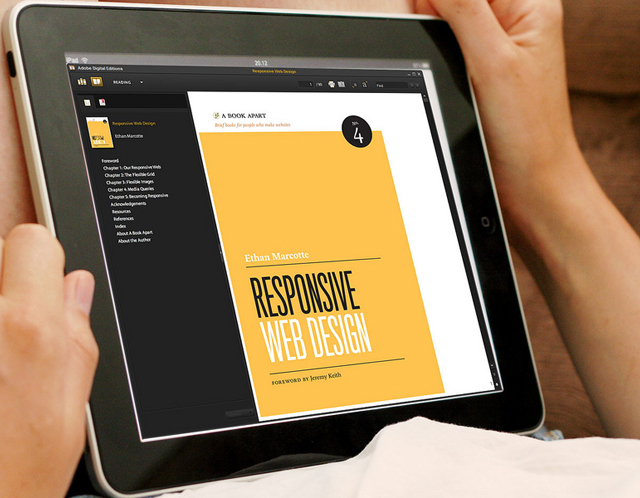While your website is the ideal place to talk up your business, it should also be used to generate a healthy amount of potentially productive leads.
1. Contact Form
The most straightforward way to generate leads on your website is via a contact form where visitors leave personal information. There are several ways to optimize said form.
Positioning – The contact form should always be clearly visible on the upper half of your page. Ideally, the form should appear on every page, but of that cannot be done, make sure to create landing pages with the contact form included.
Length – You need to strike just the right balance when creating a form. Too long, and people simply won’t take the time to fill it out. Too short, and you won’t get the quality leads you seek. A medium length form will pull in just the right type of leads, as truly interested folks will take the time to fill out more than just their name and e-mail address.
Use content to dress up the form – Visitors to your site may choose to ignore yet another bland form, but will be tempted to fill out a form that goes above and beyond. Tell them a little more about the offer that await, or tempt them in with a special offer that will come their way should they take the time to fill in all the details. Avoid using “submit” at the end, choosing instead to use a call to action.
2. Keep your blog updated
Blog posts are a great way of picking up leads, especially if you add engaging content that makes the reader want to leave a comment. Get in the habit of writing engaging posts on a regular basis. Each and every comment left is a new lead. When someone takes the time to leave a comment, they are letting you know that they are interested in your services. Great blog posts tend to deliver great leads.
3. Contact number.
Many website owners make the mistake of essentially burying their number on the “Contact Us” page. If you want to get the attention of your visitors, place your contact number at the top of every page. Interested visitors will definitely call for more information, at which time you can gather their basic information.
4. Freebies.
One way to get people to offer up their information is to reward them for doing so. You might decide to give away a free gift or perhaps a discount on any one of your products. This is a technique that works very well.
5. Learn to be social.
The belief that social media is a fad is one that has long since been dispelled. It has quickly become an important part of any marketing strategy, because the fact is that people love to share. The number of friends and followers you have is less important than your activity level. Posting often quickly leads to a growing number of inbound links and leads.
In order to get the most out of social media, you need to use it correctly. That means engaging in conversations as opposed to constantly just talking about yourself. Deliver great content and then get engaged in meaningful conversations with others.
A blog post shared on Twitter will get 117% more views than one that isn’t. If you are interested in B2B, use Linkedin, while Facebook is best for B2C. For referral traffic, you’ll find that Pinterest is more effective than Linkedin, Google+, and YouTube combined*.
Above all else, you need to make sure that visitors have a good experience every time they visit your site. If the site is hard to navigate or the content is bland, visitors may quickly lose interest in what you have to offer.
* Source: Shareaholic, February 2012.
Photo: Image courtesy of Jason Howie on Flickr

 Google Plus
Google Plus






